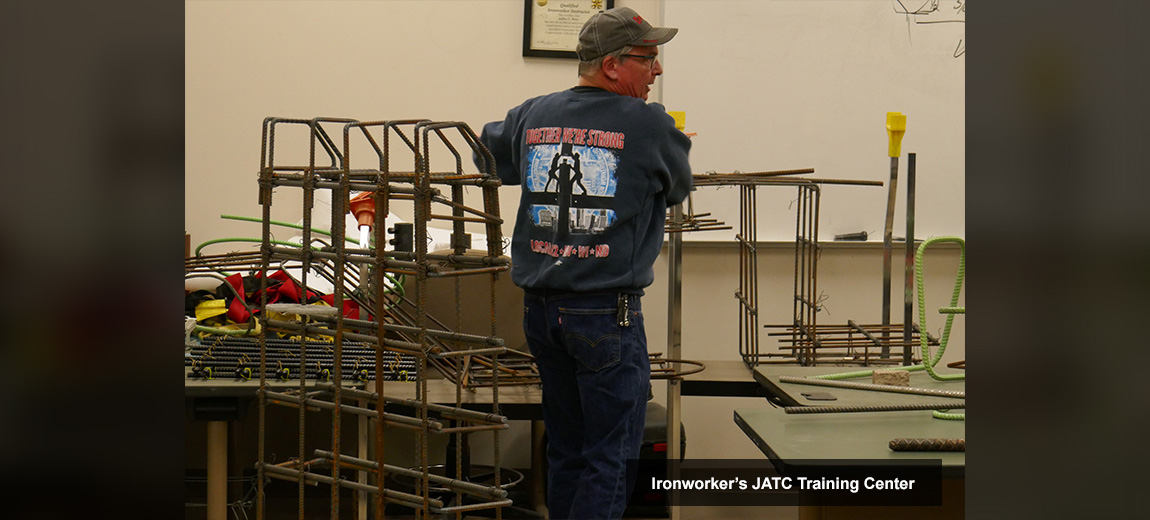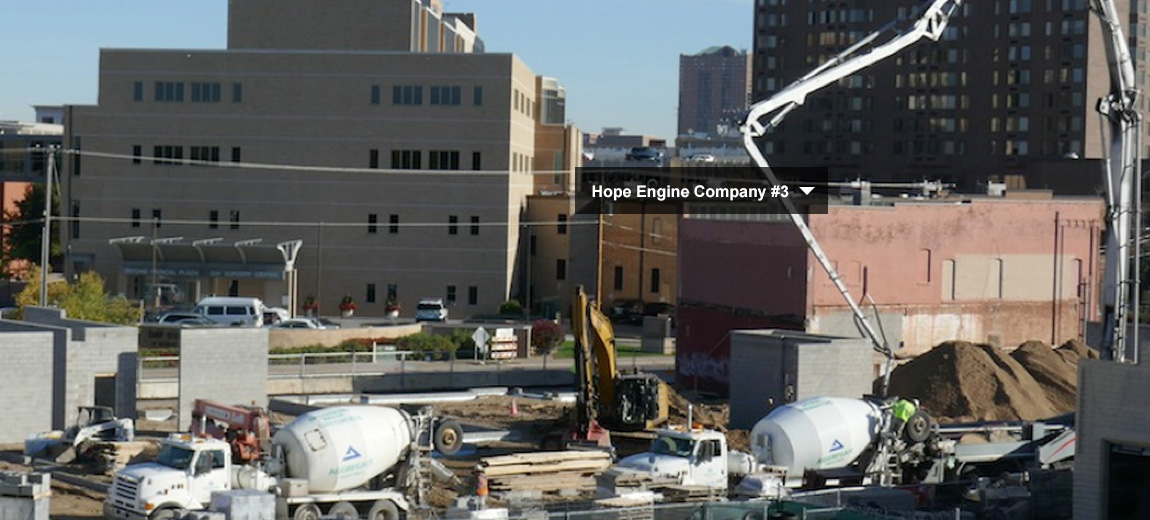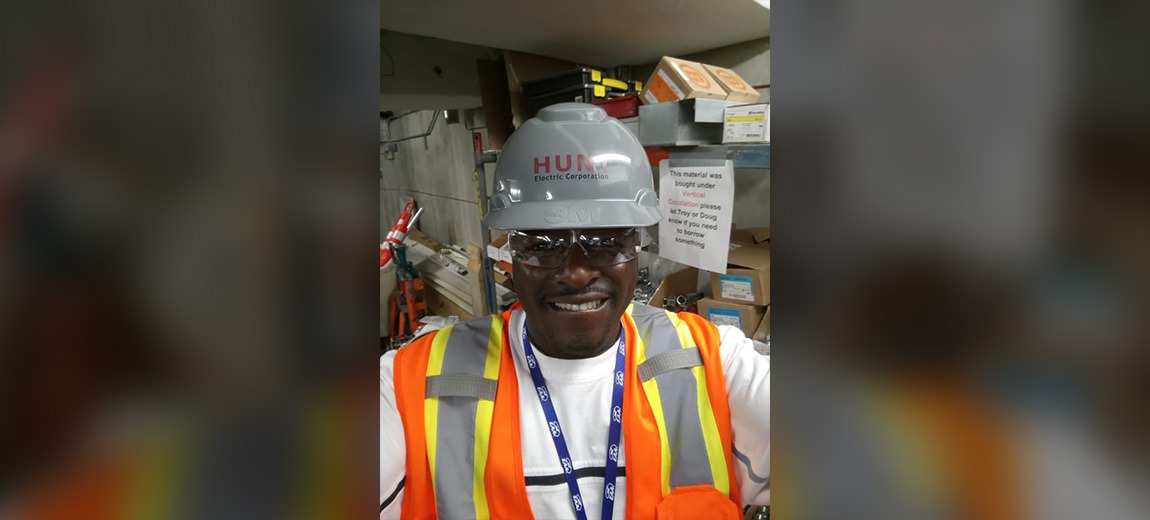What are you losing by being classified as an independent contractor when you should be paid as an employee? Money! 1099 vs. W2? If you are an employee in Minnesota you should receive a W2 form at the end of…
Posts by FCFMN

JATCs — Still Best in Construction Industry
The government recently promoted “Apprenticeship Week” around the U.S., and it was often repeated that the Building Trades set the high standard to which the government wants all programs to aspire. But it’s not enough to simply have an apprenticeship…

Enforcement Highlight: Jamek Engineering
FCF first ran into Jamek Engineering in 2012. When FCF first investigated Jamek we discovered workers who had been paid less than 25% of the prevailing wage requirements on public projects and some workers who were denied payment altogether. In…

School Construction Continues to Boom
As most people reading this likely know, construction is booming across the State of Minnesota. For the past few years construction in the state has been at very high levels, and it does not look like 2018 will be any…

Responsible Contractor Law Turns 3, Takes a Bite out of Independent Contractor Misclassification
Minnesota’s Responsible Contractor Law has now been effective for three years. The law applies to publicly owned construction projects in Minnesota valued at $50,000 or more.

Wisconsin Prevailing Wage Repeal
Earlier this year Wisconsin completed its repeal of its prevailing wage laws. Wisconsin began its prevailing wage assault by previously repealing prevailing wage requirements for local governments. Data collected by the Wisconsin Coalition of Contractors showed that from January through…

Apprenticeship Programs are Getting the Attention They Deserve
November brought in a greater emphasis on national apprenticeship programs than the Country has seen in recent years. National Apprenticeship Week was celebrated from November 13-19th. Of course, the pioneers in massive apprenticeship success have long been that National Building…

Destined For Destruction: What Was Old Will Be New Again
In early 2016, the historic west end Hope Engine Company #3 firehouse, located at the intersection of Grand Avenue and Leech Street in St. Paul, was destined for the wrecking ball. Built in 1871, it served as St. Paul’s first…

Hunt Electric Makes A Difference For A Pre-Apprentice
Faith, persistence, ambition, and the generosity of, IBEW 292, Hunt Electric and many friends have changed the life of Calvin Mulumba. More than likely, the management at Hunt Electric is not aware of what a difference they have made in…



